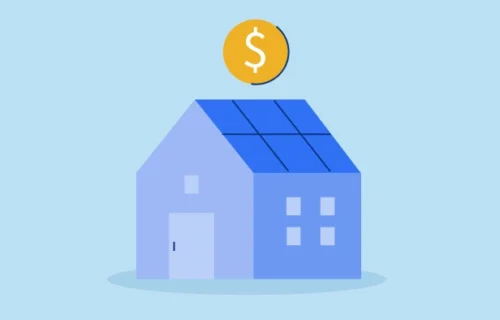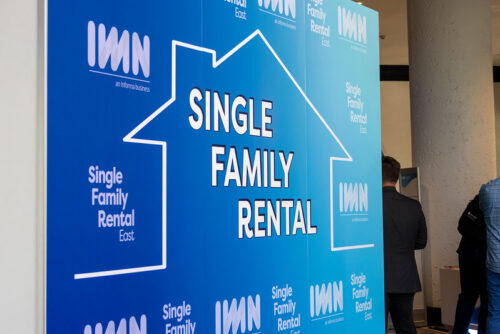
Connect with a Lima One expert today!
If you’d like to know more about this topic or see how it applies to your project, let’s talk.
Get to Know 1031 Exchange in Real Estate: Rules, Use Cases, and More

In the dynamic realm of real estate, understanding the intricacies of a 1031 exchange is akin to wielding a powerful tool for real estate investors. In this blog, we will delve into the various benefits that make a 1031 Exchange an attractive option for investors looking to optimize their real estate portfolios.
A 1031 exchange, also known as a like-kind exchange, is a strategic method utilized by real estate investors to defer capital gains taxes when swapping one investment property for another. This powerful tool, rooted in Section 1031 of the Internal Revenue Code, allows investors to defer taxes and reinvest the profits, fostering continued growth in their real estate portfolios.
The Process of 1031 Exchanges in Real Estate
A 1031 exchange journey involves meticulous planning. Investors must identify a replacement property within 45 days of selling their current property and complete the acquisition within 180 days. This tight timeframe demands strategic decision-making and an understanding of market trends.
A qualified intermediary is crucial in a 1031 exchange. These professionals facilitate the transaction, ensuring compliance with IRS regulations. Their expertise streamlines the process, alleviating the burden on investors and safeguarding the exchange's success.
Choosing the right replacement property is paramount. Investors must not only consider potential appreciation but also rental income, location dynamics, and market stability. A well-informed choice ensures sustained growth and profitability.
1031 Exchange FAQs
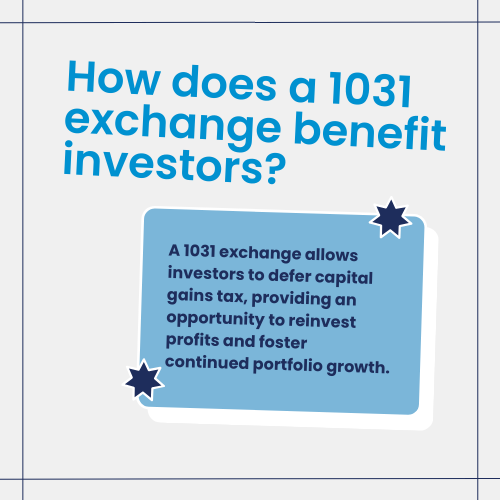
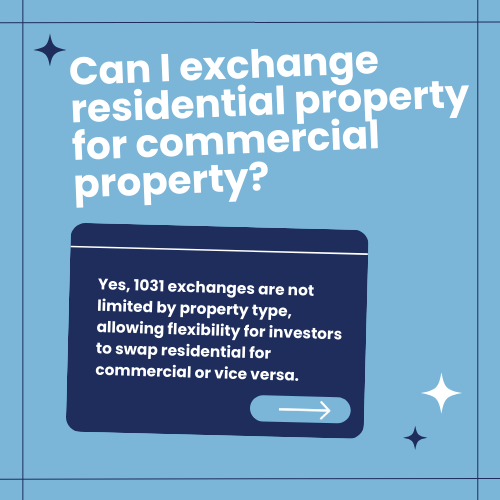
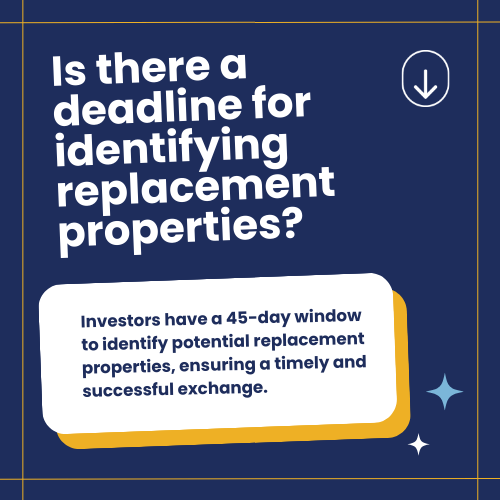
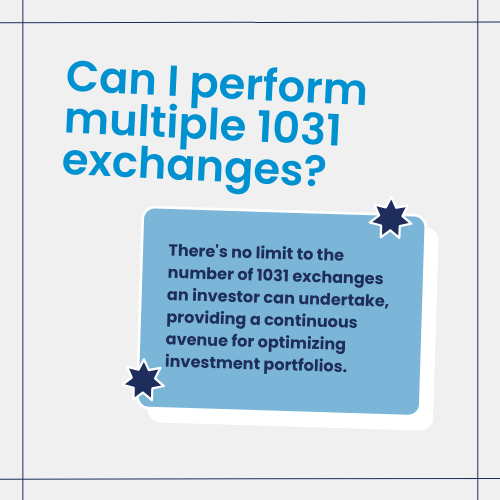
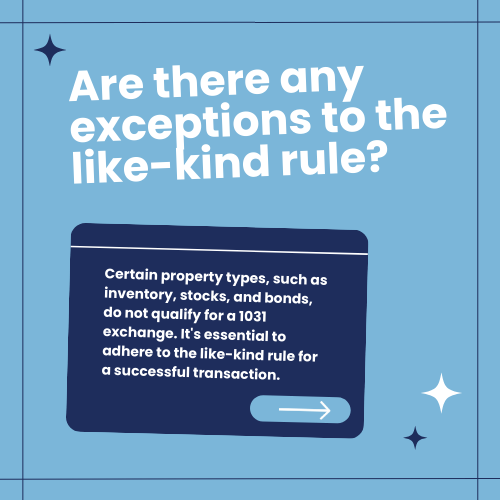
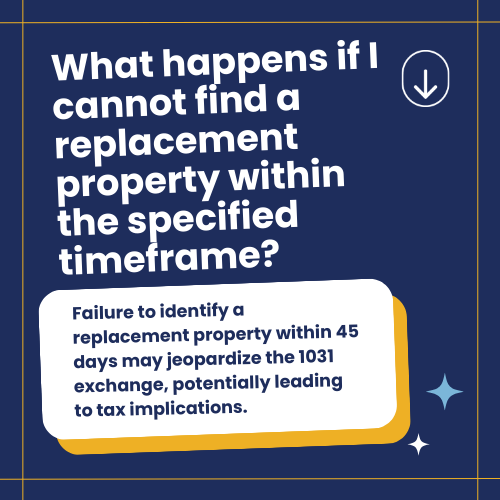
Benefits of a 1031 Exchange
Tax Deferral Advantages
At its core, a 1031 exchange is a tax deferral strategy. Investors can defer capital gains tax by reinvesting the proceeds from the sale of one property into another property. This allows investors to keep more of their profits working for them, potentially leading to significant financial gains over time.
Diverse Investment Opportunities
One of the standout advantages of a 1031 exchange is the flexibility it offers in terms of the types of properties that can be exchanged.
Whether it's residential, commercial, or even vacant land, investors have the freedom to diversify their portfolios seamlessly. This versatility sets 1031 exchanges apart, allowing investors to adapt to changing market conditions.
Wealth Accumulation Through Appreciation
The real estate market is known for its potential for property appreciation. With a 1031 exchange, investors can leverage this appreciation to accumulate wealth more efficiently. By continually exchanging properties, investors can ride the wave of appreciation and enhance their overall return on investment.
Increased Cash Flow
Apart from potential appreciation, a 1031 exchange can also positively impact cash flow. For example, an investor could exchange a property with a lower rental income for one with a higher income stream. This strategic move can lead to increased cash flow, providing investors with more financial resources for future investments.
1031 Real Estate Exchange Rules
Does my property qualify?
Through a 1031 exchange, real estate investors have the option to reinvest profits from property that is sold into a like-kind property – meaning, the new property has to be the same nature, character, or class as the exchanged property.
For example, an investor can exchange a small office building for a small apartment complex, vacant land, or a larger office building. All of those would qualify as like-kind exchanges because they need only be one of the same: nature, character, or class.
45-Day Rule
The 45-day rule relates to the replacement of the property. Once the exchanged property is sold, the intermediary will receive the cash. The investor then has 45 days to designate the replacement property in writing to the intermediary.
The IRS says investors can designate three properties as long as they eventually close on one of them.
180-Day Rule
The 180-day rule refers to the closing date on the old property. Investors must close on the new property within 180 days of the sale of the exchanged property.
Build Your Real Estate Portfolio with Lima One
In the ever-evolving landscape of real estate, mastering a 1031 exchange is a formidable advantage. By navigating the intricate process, leveraging expert insights, and understanding the benefits, investors can unlock the full potential of this powerful tool.
Seize the opportunities a 1031 exchange offers and let Lima One help you build your real estate investment portfolio and increase cash flow. Contact us today to discuss your next deal, or if you have a deal in hand, accelerate the process by applying now.
Subscribe for More Insights
Get the latest industry news & Lima One updates.



